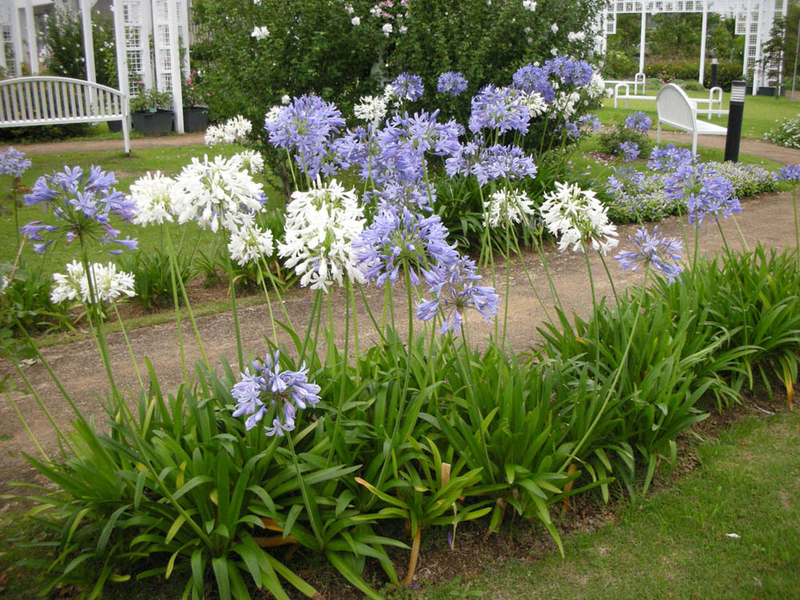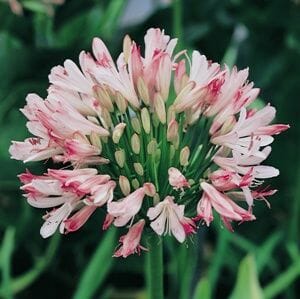Mastering the Art of Agapanthus Treatment: Essential Steps for Healthy And Balanced Development and Lively Flowers
In the world of gardening, the growing of agapanthus stands as a rewarding endeavor for those that seek to support these elegant flowering plants. From selecting the appropriate range to understanding pruning techniques, the journey towards cultivating flourishing agapanthus plants is complex and holds the vital to unlocking the complete potential of these botanical gems.

Selecting the Right Agapanthus Selection

When choosing the appropriate Agapanthus range for your garden, consider factors such as environment viability, bloom shade, and development routine. Agapanthus, commonly called Lily of the Nile or African lily, is available in a variety of shades varying from tones of blue and purple to white. Choose a flower shade that enhances your existing yard combination to produce an unified landscape. Furthermore, consider the climate in your area to make sure the Agapanthus range you select can prosper in your specific problems. Some ranges are a lot more tolerant of cold temperatures, while others like warmer environments. Recognizing the growth behavior of various Agapanthus selections is vital for appropriate placement within your garden. Some varieties have a clumping development practice, ideal for containers or boundaries, while others have an even more spreading nature, suitable for ground cover or mass plantings. By thoroughly examining these variables, you can choose the excellent Agapanthus range to improve the elegance of your yard.
Perfect Growing Conditions
Considering the optimal ecological demands is vital for successful Agapanthus growing. Agapanthus thrives in well-draining dirt with a somewhat acidic to neutral pH degree. When planting, choose a location that receives complete sunlight to partial shade. In hotter climates, providing some mid-day color can stop scorching of the fallen leaves. Agapanthus plants are delicate to chilly temperatures and should be safeguarded from frost throughout cold weather.
To make certain healthy and balanced development and lively flowers, plant Agapanthus bulbs at a deepness of about 2-4 inches and area them 8-12 inches apart. Mulching around the base of the plants helps retain dampness and subdues weed growth.
Watering and Feeding Tips
Preserving correct wetness degrees and providing necessary nutrients are crucial elements in the treatment routine for Agapanthus plants. When it comes to sprinkling Agapanthus, it is crucial to strike an equilibrium. These plants favor consistently moist soil yet are at risk to root rot if overwatered.
Feeding Agapanthus is essential for promoting healthy and balanced development and respected click over here now blossoms. Use a well balanced plant food, such as a 10-10-10 formula, in the early springtime as brand-new development emerges. By complying with these watering and feeding ideas, you can ensure your Agapanthus plants prosper and generate vivid, durable flowers.
Pruning Techniques for Agapanthus
Pruning Agapanthus plants at the appropriate times and with proper strategies is crucial for preserving their health and advertising optimal growth and blooming. The optimal time to trim Agapanthus is in late wintertime or very early springtime prior to brand-new development emerges.
For flowered stems, wait until the blossoms have withered and after that cut them back to the base. This not only cleans the plant's look however also urges the growth of new blossom buds. Deadheading invested blossoms can also reroute the plant's power right into producing even more blooms as opposed to establishing seeds. Nevertheless, if you intend to gather seeds for breeding, leave some flowers to fully grown and dry on the plant.
Bear in mind to utilize clean, sharp devices to make precise cuts and lower the threat of introducing conditions. Agapanthus. Routine pruning will certainly aid keep your Agapanthus looking healthy and balanced and neat while making certain a bountiful screen of beautiful blossoms
Taking Care Of Common Parasites and Diseases
After ensuring proper trimming strategies for Agapanthus, it is necessary to resolve common insects and conditions that can affect the health and vigor of these plants. One common pest that influences Agapanthus is the Agapanthus gall midget.
Additionally, Agapanthus plants can experience from origin rot if they are grown in badly draining pipes soil. By being attentive and taking punctual action against bugs and conditions, you can assist your Agapanthus plants prosper and produce vivid flowers. Agapanthus.

Conclusion
In final thought, grasping the art of agapanthus treatment includes selecting the right range, supplying optimal growing problems, appropriate watering and fertilizing, proper pruning methods, and addressing usual pests and conditions. By adhering to great post to read these important actions, you can ensure healthy and balanced development and lively flowers for your agapanthus plants. Remember to on a regular basis monitor and maintain your plants to advertise their overall wellness and long life.
To make certain healthy and balanced growth and vibrant blooms, plant Agapanthus bulbs at a deepness of about 2-4 inches and room them 8-12 inches apart. By adhering to these watering and feeding ideas, you can guarantee your Agapanthus plants grow and produce vivid, long-lasting blooms.
One typical parasite that influences Agapanthus is the Agapanthus gall midge. In addition, Agapanthus plants can suffer from origin rot if they are planted in poorly draining soil. By following these vital steps, you can ensure healthy and balanced growth and visit the website lively blooms for your agapanthus plants.